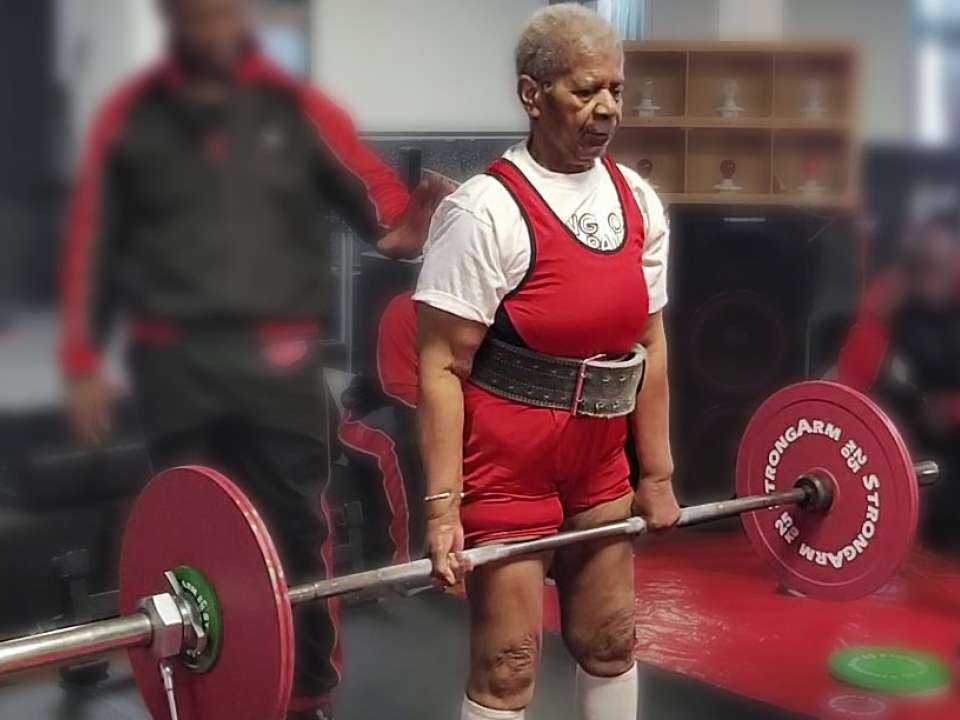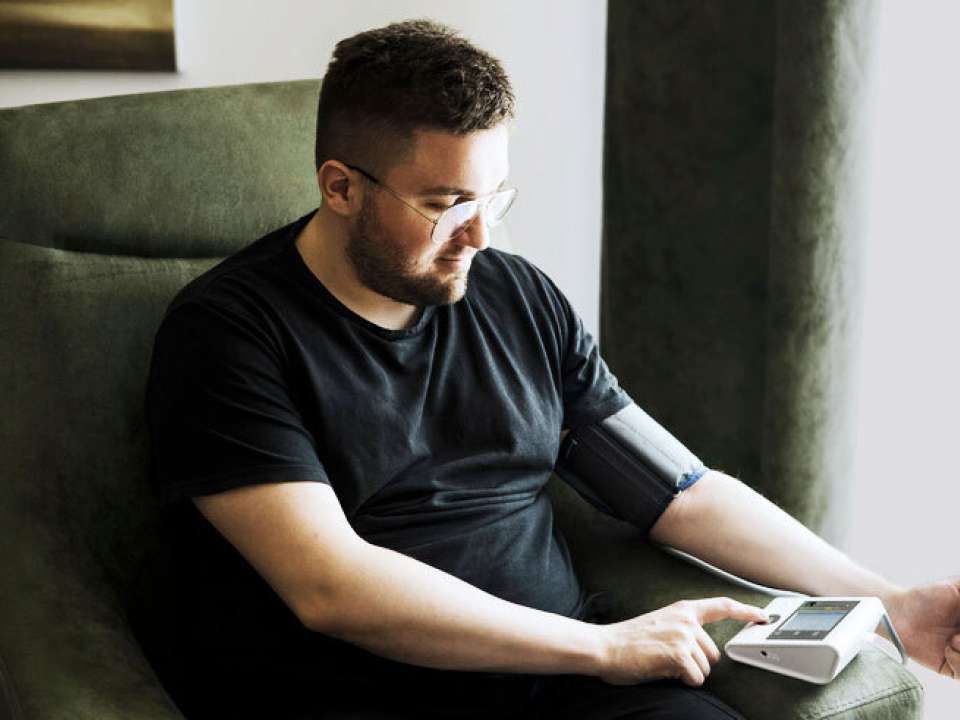
I remember the first time I sneezed and peed a little while six months pregnant. “What’s happening to me?” I wondered, horrified.
I’d thought that urinary incontinence, the medical term for a leaky bladder, was something women mostly experienced in their senior years. But there I was, age 29, peeing a little every time I coughed, sneezed or laughed. Was it normal?
As it turns out, leaky bladder is common both during pregnancy and during other times in your life, too.
Dr. Anna Kirby, an OB-GYN and a urogynecologist at UW Medicine, says that 25% to 45% of women will experience some kind of urinary incontinence over the course of their lives, which makes for nearly half of us.
She says the likelihood of incontinence increases with age, but it can happen for a number of reasons — not just pregnancy — and it often makes women feel so ashamed that they don’t tell anyone.
“Less than 50% of women with significant symptoms seek treatment,” she says.
What is urinary incontinence?
According to Kirby, of the 45% of women who experience incontinence, one-third of them have what’s called “stress urinary incontinence.” It involves leaking a bit when you cough, sneeze, jump, lift — or do anything else that causes exertion.
Another third of women experience “urgency urinary incontinence,” which is what happens when you have to pee very badly and leak before you can get to the bathroom.
The remaining third experience both.
Why urinary incontinence happens
In technical terms, stress urinary incontinence happens when you lose urethral support due to a weakness of the pelvic floor, connective tissues and urethral sphincter (a muscular structure that controls urine flow out of the bladder), which happens commonly after childbirth.
If you don’t have enough urethral support, any pressure on the bladder — like jumping, sneezing or laughing — can cause leakage. Kirby likens the process to stepping on a garden hose on cement versus quicksand. If you step on a hose on cement, it kinks closed and stops the water. But if you step on the hose on quicksand, the water continues to pour out because there isn’t a strong base.
While we often hear about this happening during pregnancy, this kind of urinary incontinence is also common in women who have never been pregnant.
When it comes to urgency urinary incontinence, or leaking when you have to pee badly, Kirby says this condition is most often a neuromuscular issue, wherein the nerves and muscles around the bladder aren’t behaving the way they’re supposed to.
“The bladder contracts when a woman puts her hand on the doorknob when she gets home, for example, rather than when she sits down on the toilet,” Kirby says. “It can occur at random times or with consistent ‘triggers’ such as hearing running water, walking toward the bathroom or starting to pull down her pants in the bathroom.”
Essentially, your body begins to misinterpret the signals that tell you when you have to pee, so you might end up peeing a bit at the wrong time. Again, this condition is fairly common in women, especially as they get older.
What you can do about urinary incontinence
Usually, urinary incontinence is a benign condition that can be addressed with a few specific therapies. You should definitely go see a doctor if the condition starts to affect your life in a negative way.
“See a doctor if you start to avoid certain activities such as exercise classes or social engagements due to fear of leaking,” Dr. Kirby recommends.
At your primary care doctor or OB-GYN’s office, they’ll likely suggest a few therapeutic options. First, if the incontinence is due to a mechanical problem (stress urinary incontinence), you might be sent to a physical therapist who can help you work on pelvic floor muscle strengthening.
Other methods of strengthening the support under the urethra include using a pessary (which Kirby explains as a silicone device placed in the vagina, similar to a tampon, to provide support or a backbone for the urethra) or getting surgery to implant a sling that will support the urethra.
Urgency urinary incontinence is a bit more difficult to treat and may involve trips to a pelvic floor physical therapist to help retrain your bladder. Kirby says this condition can also be treated with medications that decrease bladder contractions and promote urine storage, or with procedures like bladder botox injections, nerve stimulation and sacral neuromodulation, which involves implanting a nerve stimulator next to the nerves that supply the bladder.
The bottom line
Despite the fact that urinary incontinence is unpleasant, Kirby reiterates that leaky bladder is quite common. While it can feel shameful, nearly half of women will experience it at some point — and not just during pregnancy.
So if you’re experiencing some leaking, talk to your doctor about where to start with solutions and treatments. With intentional care, you’ll likely be able to manage and even solve the problem.

 Healthy ideas for your inbox
Healthy ideas for your inbox





